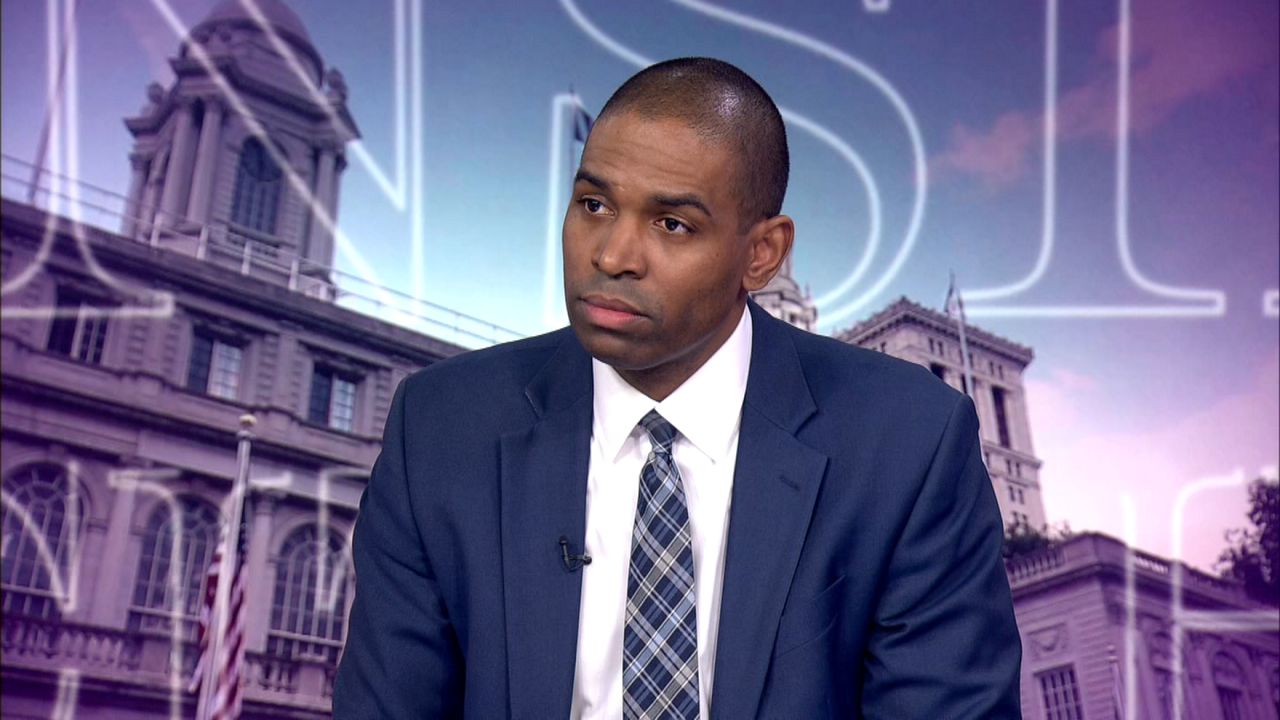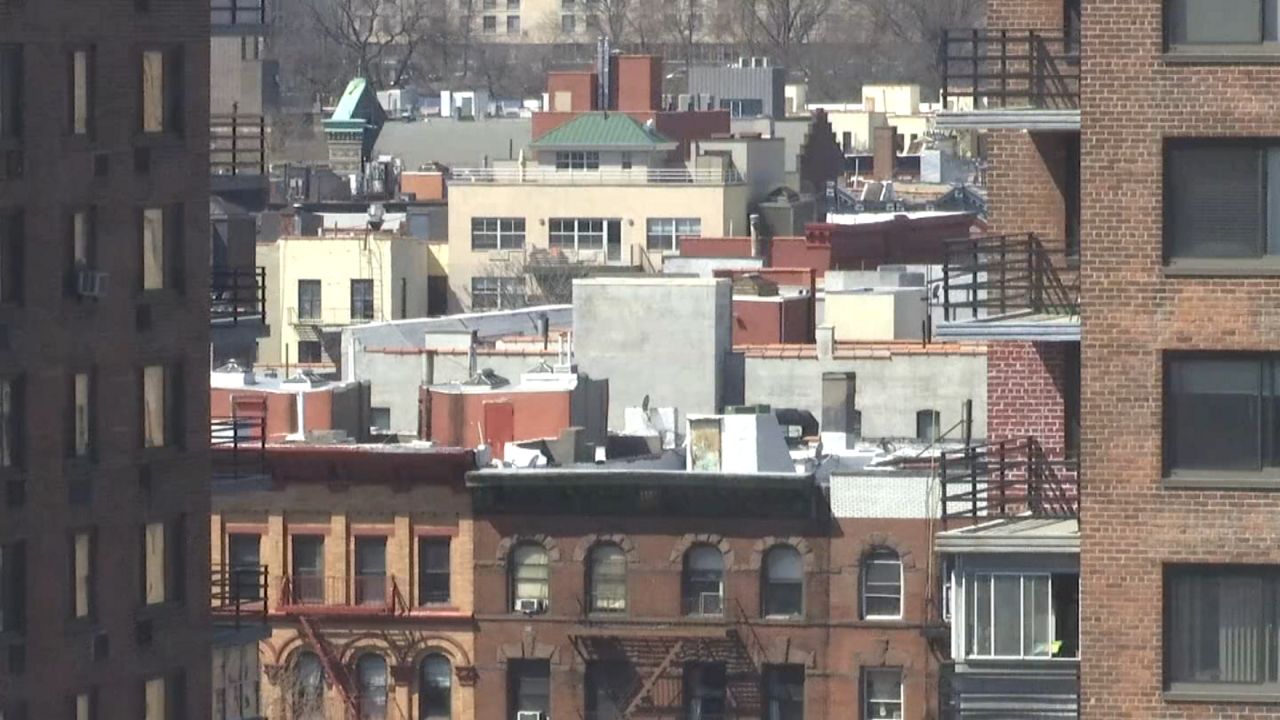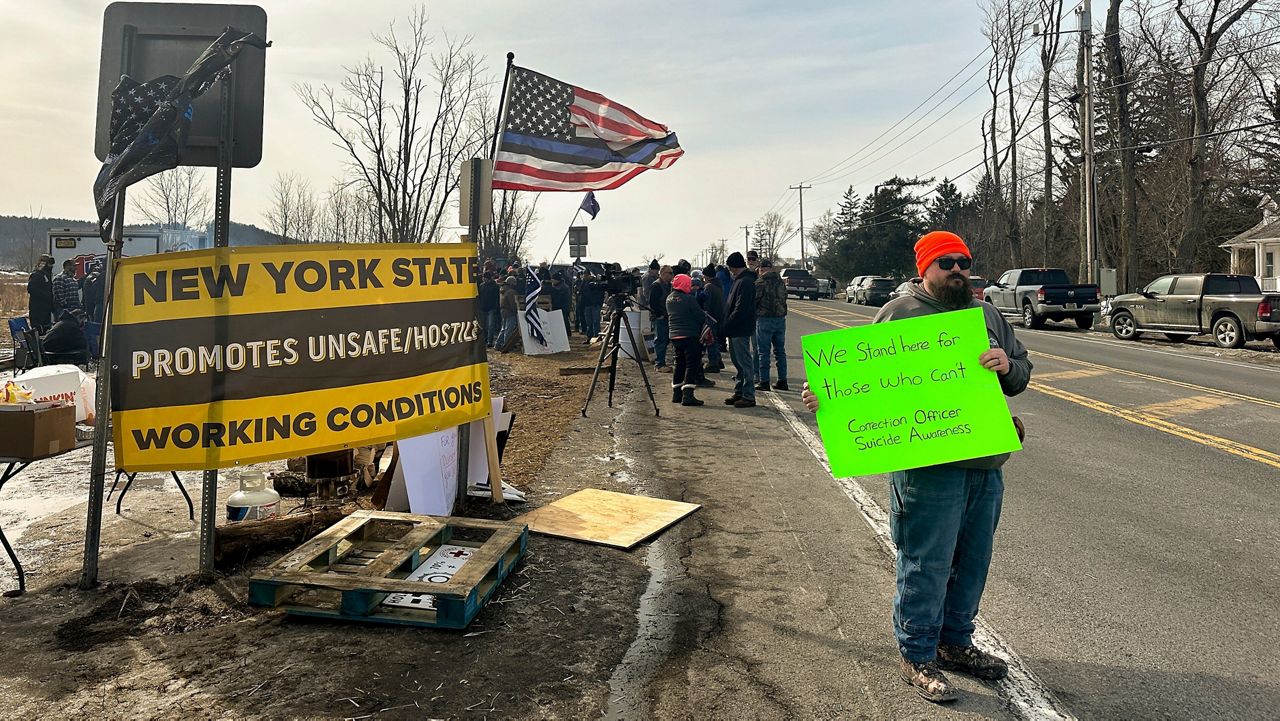A bill that would require the state Transportation Department commissioner to report information about motor vehicle collisions with bridges and elevated structures to the state Legislature each year has reached Gov. Kathy Hochul's desk.
Sponsored by state Senator John Mannion and state Assembly Member Bill Magnarelli, the legislation would amend highway law by mandating an annual DOT report with the number and location of bridge strikes, repairs and prevention measures completed and recommendations to prevent future collisions. Both the Assembly and Senate passed the bill.
Mannion said he was confident Hochul will sign the bill.
"From the beginning of DOT's recent steps to remediate bridge strikes on the Onondaga Lake Parkway, I have said we must balance public safety with the needs of drivers, and this new law will help inform that effort," he said. "Anyone who hasn't gotten the message to keep their truck off parkways or ignores signs and warning systems should be ticketed."
There are close to 200 bridge hits a year in New York state, which can be caused by improperly stored equipment on trucks, a violation of vehicle posting signs and illegal commercial vehicles on parkways, according to the DOT.
While most bridge collapses nationwide are caused by flooding, overweight vehicles crossing a bridge in violation of posted weight limits are the second biggest cause and collision damage is the third, according to the DOT and Federal Highway Administration.
In announcing his support as co-sponsor of the state bill this summer, Assembly Member Angelo Santabarbara said dozens of trucks hit the Campbell Road Bridge in Rotterdam and Glenville Road Bridge in Glenville, including 34 strikes on just the Glenville bridge in 2021 and 2022.
"Each bridge collision results in motor vehicle accidents accounting for hundreds of thousands of dollars in damage and motorists stranded for long hours while the collision is cleared," Santabarbara wrote.
He argues the bill will result in more information and awareness of collisions so they can be prevented.








